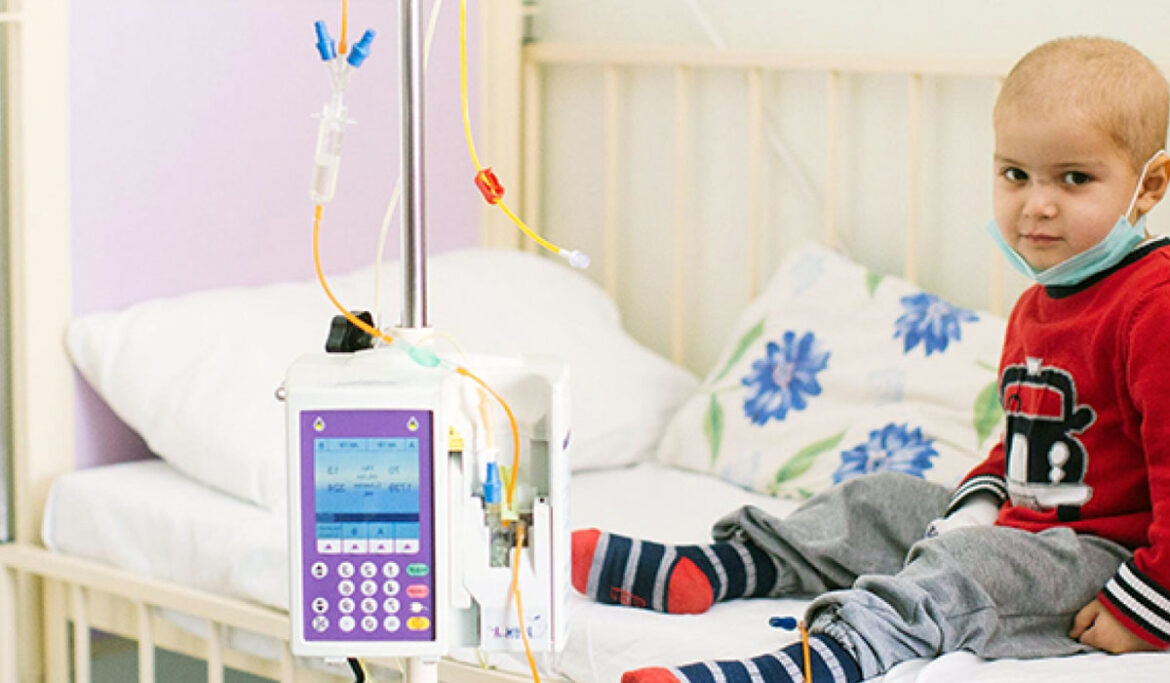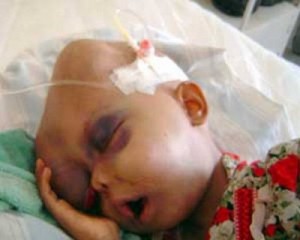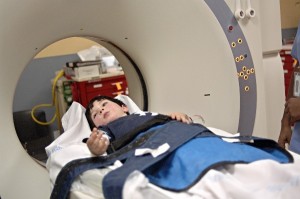There’s always a common factor in all types of cancers teens get afflicted with – uncontrollable growth of cells. As is common knowledge, cells are the basic components or “building blocks” of the human body. Cancer occurs when cells develop abnormally and grow in an uncontrolled way. Read on to learn more about some types of cancer that teens may get, including warning signs and symptoms and how these cancers can be treated.
Types of Cancer in Children
Leukemia
Leukemia is one of the most common childhood cancers. It occurs when large numbers of abnormal white blood cells called leukemic blasts fill the bone marrow and sometimes enter the bloodstream.
The types of leukemia most likely to occur in teens are acute lymphocytic and acute myelogenous leukemia (AML).
Osteosarcoma
Osteosarcoma is the most common type of bone cancer. In teens, it can sometimes appear during their growth spurts and tends to show up in people who are taller than average. In most cases, there is no known cause for osteosarcoma.
Ewing’s Sarcoma
Another type of cancer that affects the bone is Ewing’s sarcoma. It is similar to osteosarcoma in that it also affects teens and young adults and is usually located in the leg or pelvis.
Lymphoma
Lymphoma refers to cancer that develops in the lymphatic system, which includes the lymph nodes, thymus, spleen, adenoids, tonsils, and bone marrow. The lymph system functions in the body by fighting off germs that cause infection and illness. Most teens with lymphoma have either Hodgkin’s lymphoma or non-Hodgkin’s lymphoma.
Brain Tumors
Brain tumors can also occur in teens. Two of the most common forms are astrocytomas and ependymomas. Astrocytomas are tumors of the brain that originate from cells in the brain called astrocytes. This type of tumor doesn’t usually spread outside the brain and spinal cord and doesn’t usually affect other organs.
Unless they are too young, the diagnosis of cancer in children is largely the same as that in case of adults. It is always emphasized that the earlier the detection of cancer is, the better are the chances of it getting cured. Here are a few important tests that are used in the diagnosis of cancer.
- Laboratory tests — A laboratory technician measures substances in the blood or urine that can indicate how advanced the cancer is or other features of your cancer.
- Imaging tests — These tests or evaluation procedures produce pictures of areas inside the body. They include x-rays, like mammograms, computed tomography (CT or CAT) scans, and magnetic resonance imaging (MRI) scans. Other common imaging tests include ultrasound and positron emission tomography (PET) scans.
- Genomics tests — Polymerase chain reaction (PCR), fluorescent in situ hybridization (FISH), and other genomics tests (tests of genes and their functions) can find mutations (unusual changes) in certain genes that are known to cause cancer.
- Biopsies— A biopsy is usually the only way to tell for sure whether you have cancer or not. The doctor cuts out a small piece of tissue and sends it to a laboratory to be studied. A pathologist looks at the tissue under a microscope to see whether it has cancerous cells.Remember, more than the diagnosis, it is dealing with it that is much more difficult – both for the patients and their kin. Once needs tremendous inner strength and motivation to fight cancer. It is possible only if you believe in yourself.


